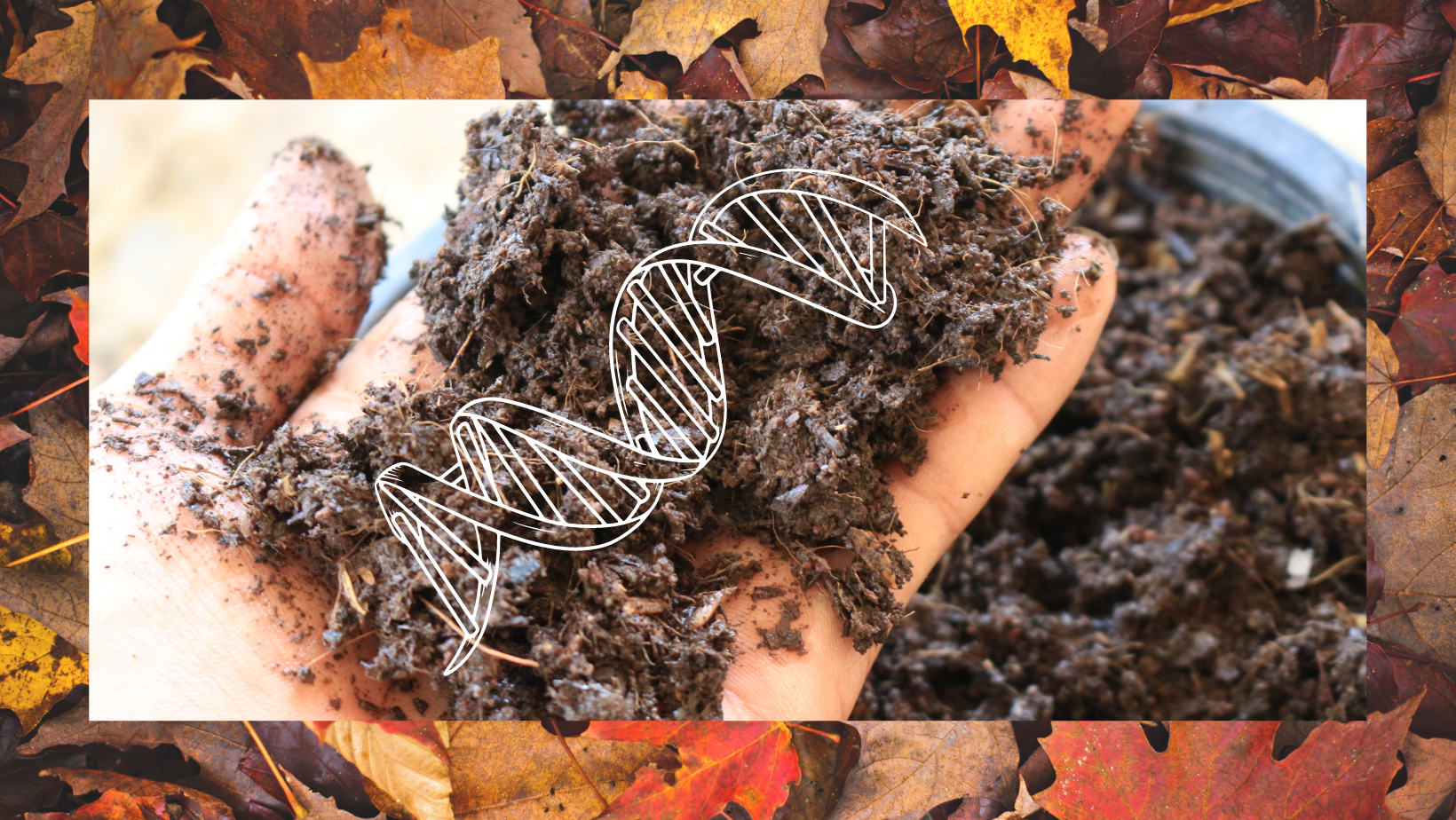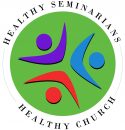
Change Is In The Air
As I write this, it is one of those brilliant mid-fall days where the whole creation seems sharp and clear. The sky is deep blue, with no visible clouds; the air is warm, but there is a pronounced undercurrent of coolness betraying the frost that is quite likely to come tonight; the sun is lighting up red, orange, and yellow foliage as a fresh wind sends jewel-like leaves skittering across the grass, which has begun the process of fading from intense green to washed-out brown.
Autumnal change is in the air. Perhaps it is fitting that Martin Luther was moved to post his 95 theses on the door of the Wittenberg castle church in October of 1517. As surely as nature was transitioning from fall to winter, his theses opened a debate that shifted the world, ultimately leading to the Reformation and the birth of the Protestant Christian church.
Those of us in the Reformed tradition understand that the church is still called to change. This is summed up in the expression ecclesia reformata, semper reformanda: “the church reformed, always reforming.”
The Word of God is alive and dynamic; the Holy Spirit is like the wind, blowing where it will, calling us and challenging us to biblical, faithful change in a world that needs a vital, active church now more than ever.
And remember: vital, active churches are made of vital, active Christians, who are called to realize that true life in Jesus Christ means having the freedom to love and serve God by loving and serving God’s people.
As Luther himself wrote, “Behold, from faith thus flow forth love and joy in the Lord, and from love a joyful, willing, and free mind that serves one’s neighbor willingly and takes no account of gratitude or ingratitude, of praise or blame, of gain or loss.” ¹
As a pastor currently serving in parish ministry, I am well aware that many congregations are wondering what church looks like in a COVID world. Ours certainly is!
I believe that, pre-pandemic, many faith communities were already facing these questions, as they took account of recent and dramatic shifts in the cultural religious landscape; however, COVID has accelerated and exacerbated this trend.
A lot of what believers took for granted about church before COVID no longer seems so solid. The volunteers aren’t there; the funds aren’t there; with remote worship, even the old metrics for measuring meaningful involvement aren’t there.
Although there has long been a crisis in clergy health, the pandemic era has seen a marked increase in clergy burnout, which may be indicative of this profound change in the ecclesiastical landscape.
According to Barna, the percentage of pastors who have considered leaving full-time ministry was 42% in March 2022, up from 29% in January 2021. ² Leading reasons cited include “current political divisions” and “I feel lonely and isolated,” but the primary impetus is “the immense stress of the job.” ³
It is hard to imagine that the reported stress behind this significant increase, 13% in just over a year, doesn’t have something to do with the accelerated discernment of both purpose and method that COVID has forced churches to undertake.
As we go forward, two broad ways of framing this reimagining that have given me hope come to mind. One is compost. My spouse and HSHC co-founding partner, Karen, is working in the garden today; she told me earlier that all of the kitchen scraps we have put in the compost pile throughout the summer have become rich, loamy soil, which she has worked back into the beds. What a miracle! This means that the otherwise unusable peels, skins, and ends have become the nutrients that will feed next year’s plants. Likewise, it is not as if what we, as the church, have done in ministry before is now useless. Rather, it is the soil in which tomorrow’s discipleship grows, creating the structure for meaningful future work.
The second concept that is helpful for me is evolution. Therapist and retired United Church of Canada pastor Bruce Sanguin writes that “religious traditions are like cellular structures,” elaborating that, while the DNA holds the “sacred gift of our tradition,” the membrane both interfaces with the environment and holds the cell together; thus, the membranes “enable the cell to maintain its unique identity while also allowing new information from the environment to pass through,” which can “override or even change” the cell’s genetic structure. ⁴ Thus, Sanguin observes, “for a religious life and tradition to remain alive and relevant, its membrane needs to be both porous enough to enable new information to enter and reshape the tradition, and at the same time stable enough to preserve its core identity.” ⁵
Our current reality has injected a tremendous amount of new information into the cell that is church. Our tradition, though, is more than strong enough not only to hold it, but to adapt in meaningful ways, forming something excellent and new that is nourished by, and incorporates, all that was good before. Ecclesia reformata, semper reformanda. Daunting? Yes. Easy? No. However, a strong theological foundation, combined with the faithful flexibility to meet a profoundly fluid context, has worked many times before. I trust it will do so again.
Peace,
Travis Webster
HSHC Co-founder
¹ Martin Luther, Treatise on Christian Liberty.
² “Pastors Share Top Reasons They’ve Considered Quitting Ministry in the Past Year,” April 27, 2022, viewed October 15, 2022, https://www.barna.com/research/pastors-quitting-ministry/.
³ “Pastors Share Top Reasons They’ve Considered Quitting Ministry in the Past Year.”
⁴ Bruce Sanguin, Darwin, Divinity, and the Dance of the Cosmos: An Ecological Christianity (Kelowna, BC: CopperHouse, 2007), 33.
⁵ Sanguin, 33.
